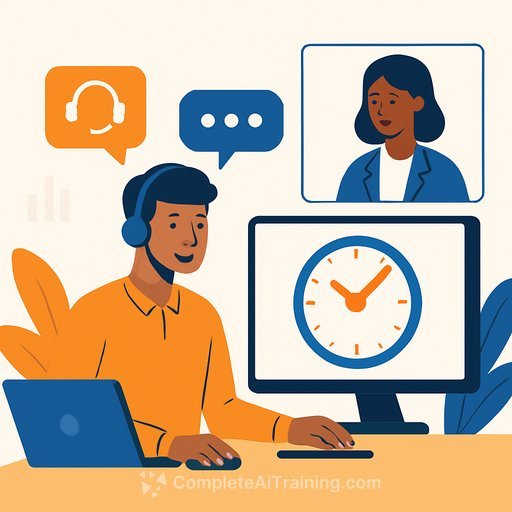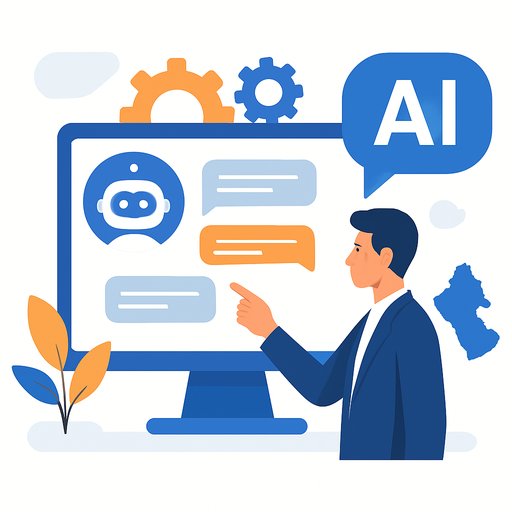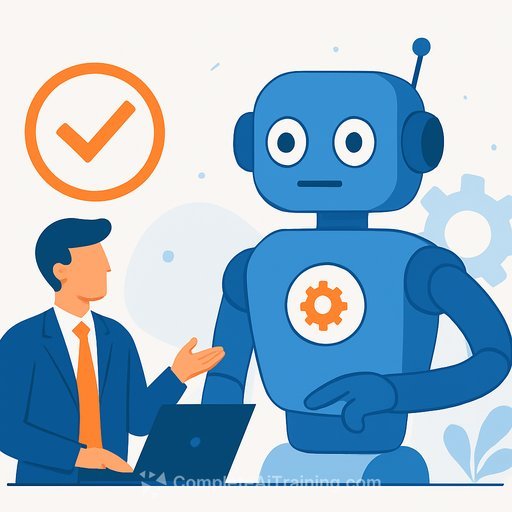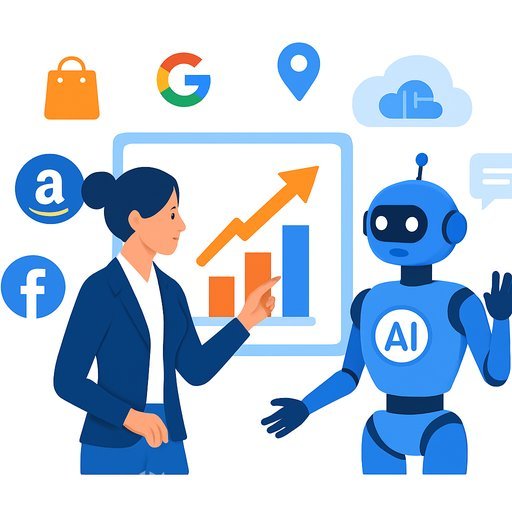The Most Valuable AI in the Contact Center Is a Copilot, Not a Replacement
Big claims are flying around about AI taking over customer support. Some expect human agents to be "totally, totally gone" and contact center jobs to vanish first. That thinking pushes leaders to chase deflection and containment at all costs. Helpful metrics, yes-but not a strategy.
Goodhart's Law applies here: when a measure becomes the target, it stops being useful. Over-automate and you risk diverting high-value calls that drive loyalty, retention, and revenue. The goal is simple: use AI as a copilot so people can excel where it matters most.
Start With Demand, Not Tools
Map your top contact drivers. Rank each by value to the customer and value to the company. Then decide the operating model by quadrant.
- Low value to both: Eliminate. Automate with virtual agents, then fix the root cause so the contact disappears entirely. That's pre-emptive support.
- High value to either: Simplify. Use guided flows, smart forms, and proactive triggers from back-end systems so the issue resolves with minimal effort.
- High value to both: Human-led. Route to skilled agents quickly, remove friction, and create space for empathy and upsell moments.
Design the Copilot Stack
AI should prepare and support-not replace-the human. Build your flow so each step compounds the next.
- Front-end generative virtual agent: Detect intent, verify identity, and collect key details using an LLM trained on your policies, products, and customer data.
- Smart channeling and routing: Match the contact to the best channel and the right queue based on intent, urgency, lifetime value, and sentiment.
- Agent assist in real time: Summarize context, surface next best actions, knowledge snippets, and policy checks. Suggest compliant language for tough objections.
- Post-contact automation: Autocomplete notes, trigger workflows, and feed outcomes back to analytics and training content.
Metrics That Keep You Honest
Track efficiency, quality, and value-without making any single metric the finish line.
- Automation quality: Intent accuracy, automation completion rate, handoff success.
- Human outcomes (high-value contacts): First contact resolution, CSAT, NPS, revenue per contact, churn save rate.
- Experience: Customer effort score, queue-to-resolution time, callback adoption.
- Operations: Handle time distribution, schedule adherence, QA pass rate, coaching adoption.
90-Day Playbook
- Weeks 0-2: Pull the top 20 drivers by volume and value. Classify by the value matrix. Define success for each category (eliminate, simplify, human-led).
- Weeks 3-6: Stand up a front-end virtual agent for 3-5 low-value intents. Build guardrails and graceful handoff. Train an LLM on curated knowledge and policies.
- Weeks 7-10: Pilot agent assist on one queue handling high-value contacts. Measure FCR, CSAT, and handle time variance. Start proactive triggers for one process.
- Weeks 11-12: Tune prompts, refine routing, expand knowledge coverage. Publish new SOPs, coaching guides, and update the QA rubric.
Make Moments That Matter
High-value conversations are where loyalty is won. The front-end AI should arrive at the agent with verified details, context, and intent. The agent should get real-time guidance that blends LLM output with account metadata, so they can focus on listening, empathy, and clear next steps.
This is achievable even if you're moving from on-prem or first-gen cloud. The key is tight integration across data, virtual agents, and agent assist-plus clear rules for when humans step in.
Partnering for Execution
Some vendors are already enabling this model. UJET entered the market with a smartphone-first approach that made multimodal support and channel shift simple. Since then, it has deepened its platform and works closely with Google to apply generative AI across virtual agents, agent assist, and conversational intelligence.
It has gained traction in the midmarket, where teams can move fast and balance automation with human excellence. You can also explore Google's Contact Center AI program to understand reference architectures and best practices. Learn more here.
Action Steps for Support Leaders
- Audit the top drivers and build your value matrix.
- Set automation rules that protect high-value contacts from deflection.
- Deploy a front-end generative VA with strict guardrails and clear handoffs.
- Equip agents with real-time assist, objection handling, and instant knowledge.
- Balance KPIs: effort, resolution, and value-not just containment.
- Create a weekly tuning loop for prompts, routing, and knowledge gaps.
Level Up Your Team
If you're upskilling agents, team leads, or WFM pros on AI and automation, explore curated learning paths by role. Practical training accelerates adoption and keeps your copilot reliable. Browse courses by job.
Your membership also unlocks:





